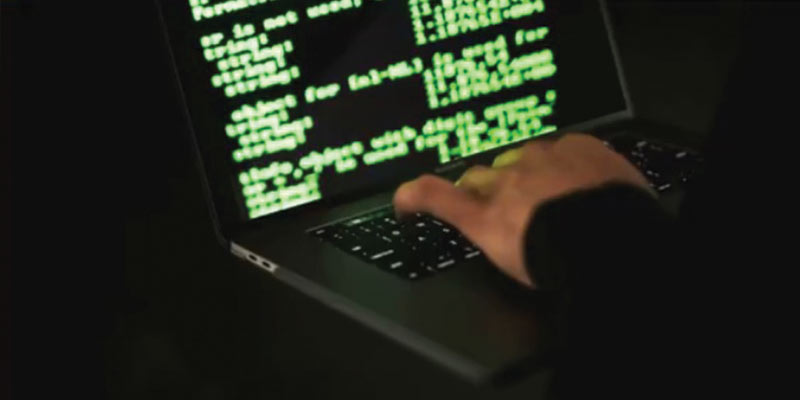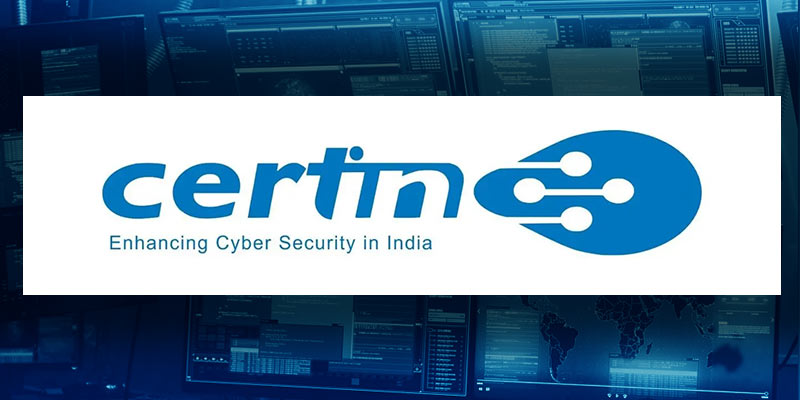- India
- Oct 28
Explainer - What is ‘digital arrest’?
• Prime Minister Narendra Modi flagged the issue of fraudsters targeting people with the cybercrime of “digital arrests”. He urged people to adopt the mantra of ‘stop, think and take action’ when faced with such a scam, asserting that these steps will provide digital security to them.
• In his monthly ‘Mann ki Baat’ broadcast, he said probe agencies are working with states to deal with the issue but added that awareness is essential in protecting oneself from this crime.
• He asked people to call the national cybersecurity helpline number 1930.
• To deal with the fraud that is going on in the name of digital arrest, all probe agencies are working together with the state governments, he said, adding that for synchronisation among these agencies, a National Cyber Co-ordination Centre has been set up.
• Thousands of such fraudulent video calling IDs have been blocked by the agencies. Lakhs of SIM cards, mobile phones and bank accounts have also been blocked.
• Indian cybersecurity agency CERT-In has issued an advisory about more than a dozen ways in which online scams are being perpetrated by fraudsters in the country, including “digital arrest” to dupe people by stealing their money and private data.
What is ‘digital arrest’?
• “Digital arrest” has become a major concern nowadays. It is a new cyber fraud.
• The fraudsters pose as law enforcement agency officials, like CBI or customs officials, and threaten people of arrest by making video calls in the name of fake international parcels of banned drugs.
• Commonly known as the “parcel scam”, the cybercriminals call victims informing about a parcel addressed to them which contains contraband items like illegal goods, drugs, or fake passports, among others.
• In other cases, cyber fraudsters call to convey that a near or dear one of the victim has been found to be involved in a crime or an accident and is in their custody. A demand for money is made to compromise in the “case”.
• They deceive the victims by making them believe that their bank account, SIM card, Aadhaar card, or other cards linked to their bank account has been used unlawfully.
• The fraudsters then virtually restrain the victims from moving out of the house and coerce them into paying them money.
• They ask the victims to stay online via Skype and not share this information with anyone even as they kept a watch on her throughout the period.
• The scammer threatens the victim with arrest or legal consequences unless he takes immediate action. They often create a sense of panic to prevent rational thinking.
• Under the guise of “clearing their name”, “assisting with the investigation” or “refundable security deposit/escrow account”, individuals are coerced into transferring large sums of money to specified bank accounts or UPI IDs.
• The fraudsters are known to use studios modelled on police stations and government offices and wear uniforms to appear genuine.
• Cybercriminals are technically sound and know how to convince their targets and drain their hard-earned money. They usually target old people.
• These fraudsters use translation tools for better English to send threatening letters and forge letterheads of police departments. They usually procure Aadhaar cards from other sources.
• Digital arrest scams are reported across the country. A number of victims have lost large amounts of money to such criminals.
What is the role of CERT-In?
• The Indian Computer Emergency Response Team (CERT-In) is the national technology arm to combat cyber attacks and guard the Indian cyber space.
• It is a statutory organisation under the ministry of electronics and information technology.
• CERT-In is operational since January 2004.
CERT-In has been designated under Section 70B of the Information Technology Act, 2000 to serve as the national agency to perform the following functions in the area of cybersecurity:
i) Collection, analysis and dissemination of information on cybersecurity incidents.
ii) Forecast and alerts of cybersecurity incidents.
iii) Emergency measures for handling cybersecurity incidents.
iv) Coordination of cybersecurity incident response activities.
v) Issue guidelines, advisories, vulnerability notes and white papers relating to information security practices, procedures, prevention, response and reporting of cyber incidents.
vi) Such other functions relating to cybersecurity as may be prescribed.
• CERT-In creates awareness on security issues through dissemination of information on its website (https://www.cert-in.org.in) and operates a 24x7 incidence response help desk.
• CERT-In provides incident prevention and response services as well as security quality management services.
Manorama Yearbook app is now available on Google Play Store and iOS App Store



